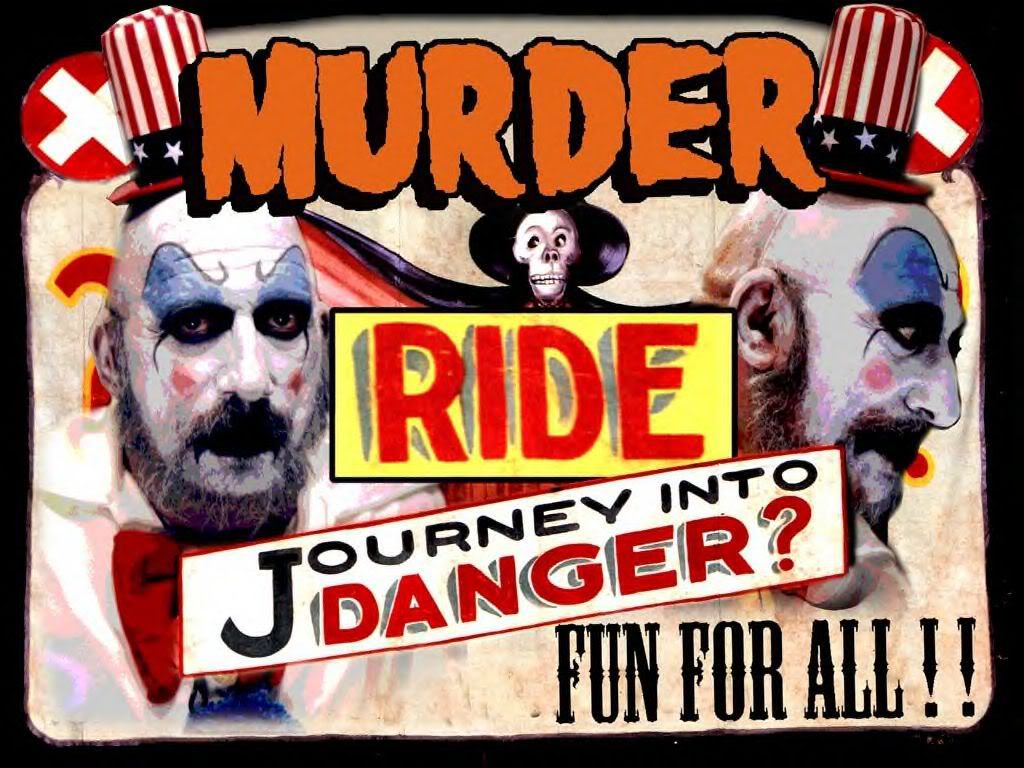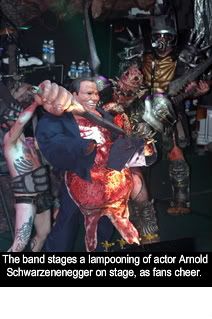
Watch Me Bleed: Torture Porn Cinema:
“There is a place where all your darkest, sickest, fantasies are possible/where you can experience anything you desire/where you can torture, punish, or kill…for a price.” These words grazed movie theater screens everywhere when they appeared on the theatrical trailer for Eli Roth’s Hostel (2005). Mingled with various images of frightened faces, instruments of torture, and an eerie music track, these words formed a successful marketing campaign for the upcoming film. Merely the suggestion of acts of torture and brutality captivated horror fans and curious spectators alike. In its opening weekend in January 2006, the film grossed over $19.5 million, making it the highest grossing film that weekend. Overall, Hostel grossed over $80.5 million (boxofficemojo.com) worldwide, not bad when you take into account the meager $4.5 million budget on which the film was made. With one hour and thirty-five minutes of blood spewing and literally eye-popping gore, Hostel tested the constitutions of avid horror fans as well as the squeamish. Perhaps more jarring then the actual torture scenes however, are the many sadistic characters that perpetrate the acts. The idea of wealthy, successful business people, the likes of which we probably brush shoulders with on a daily basis, committing such horrid atrocities, makes the film all the more disturbing. When Roth first wrote Hostel, he expected to shock and revolt movie audiences, but he didn’t expect to define an entirely new sub-genre of horror.
The term “torture porn” was first coined in a New York Magazine article by film critic David Edelstein, titled “Now Playing at your Local Multiplex: Torture Porn,” to describe Roth’s film. Torture porn has since been referred to as “splatter porn,” “horror porn,” and “gorno.” In addition, many films released prior to Hostel have since been classified as torture porn including, Saw (2004), Wolf Creek (2005), and The Devil’s Rejects (2005). However, as Hostel is the most extreme and blatant display of torture and exploitation, it is the most definitive film of the sub-genre. Even so, the Saw series has continued to maintain the popularity of torture porn. The series skyrocketed in box office ratings from the first to second films. While the first Saw movie grossed a little over $55 million domestically, the sequel grossed some $87 million. As this umbrella term for this horror sub-genre is relatively new, it is difficult to pinpoint a single concrete definition of it. Nonetheless, it is possible to put the pieces of the puzzle together to create a comprehensive description of the genre’s implications. For one, unlike preceding horror sub-genres, torture porn films are much less concerned with inspiring fear based on current social concerns than they are with merely exploiting the masochistic human thirst for terror. Ironically, the unprovoked violence and desire to inflict suffering expressed in these movies mirrors the audience’s internal desire to witness agonizing images of torture and torment.




